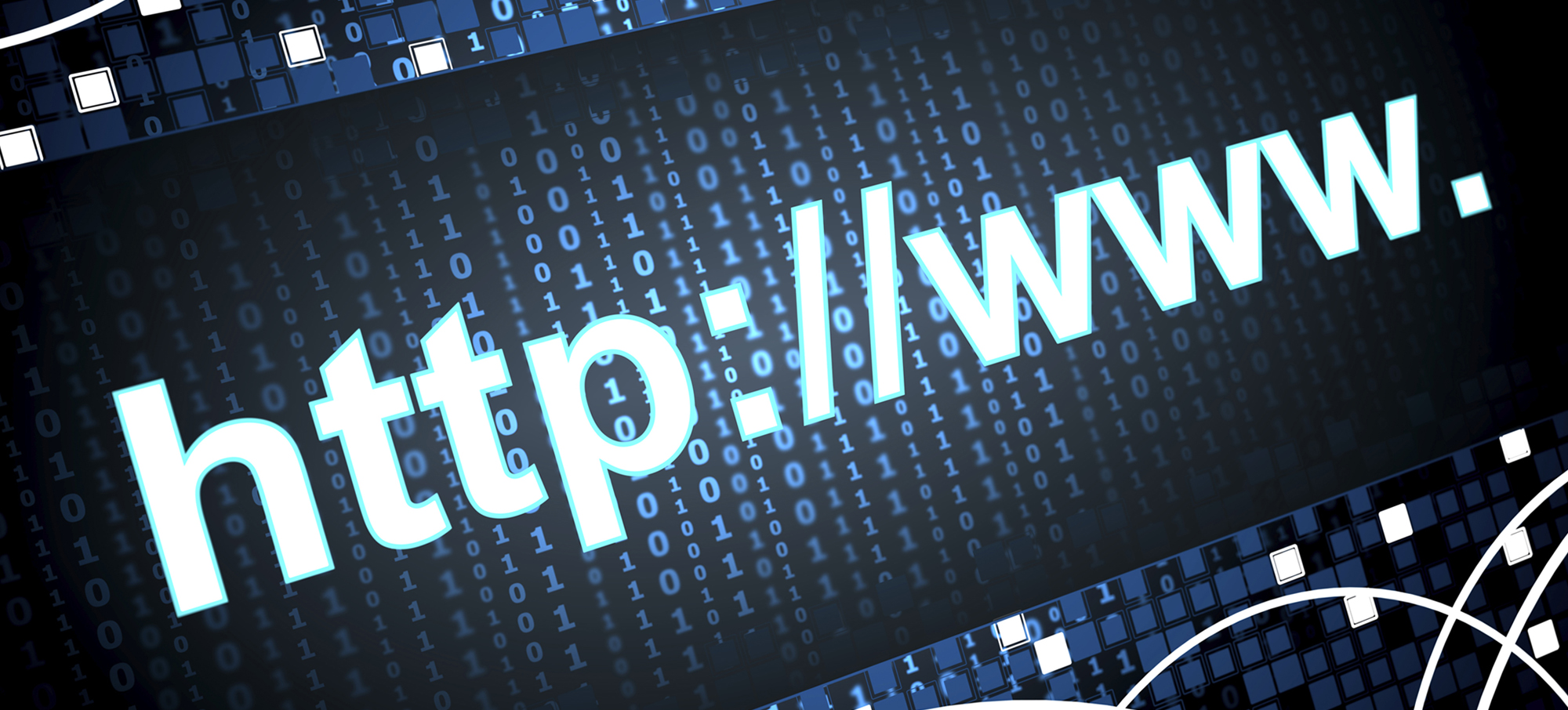As we know, there are many domains that exist today as well Danger ones too. We can think of .com, .org, .net, etc. These are just a few, perhaps the most popular, but there are many others. We can say that each country has its own. At least this is the case in the major nations. Thus Portugal has the domain .pt, the United Kingdom the .uk, etc. There are some domains that pose a greater danger to users. They are the pages that we should avoid if we come across them.
The data is not speculative, but takes into account the number of existing domains and the proportion of those pages that have been selected as malicious. Logically there will be more malicious pages in .com domains, where there are millions around the world, than other domains where there are only a few hundred or thousands. However, it is the proportion, the percentage of malicious pages in that domain, which can alert the user whether or not to enter a page.
▸Countries located on islands, known for offering free or anonymous registrations, are also at the top of the riskiest table. For example, São Tomé (.st) has 19% of Dangerous Sites; Tokelau, in the South Pacific, 10% and the South Gregoria Islands (.gs), near Antarctica, 9%.
▸In terms of generic domains, the most dangerous is (.info), with 8% of its Sites considered dangerous. In second place is the well-known (.com), with 6%.
▸The worst sites to download are: Samoa (.ws), (.biz) and Bulgaria (.bg). Users who normally browse these domains face a 1 in 10 chance of encountering a risky Site.
▸The worst domain in terms of Spam is the (.info). A 73.2%, of more than 6,000 Sites with the extension (.info), turned out to be dangerous in terms of Spam via E-mail. Behind the (.info) domain, Russia is again, with 22%, and South Korea with 20%. In other words, those users who offer their e-mail addresses on Sites belonging to those domains have a high probability of receiving unwanted messages.
▸(.loan), This has the incredible number of 89.4% of the domains have been detected as malicious. In total there are 23,452 existing ones and 20,955 have been classified as problematic and which we should never enter.
If we come across a page whose domain is .loan or one of the other nine that we have mentioned, it is best to run away. There is a good chance that we will run into a problem on that page.
Related topics:
Domain and Subdomain, all you need to know
DNS Poisoning – A Real Danger for DNS Servers



